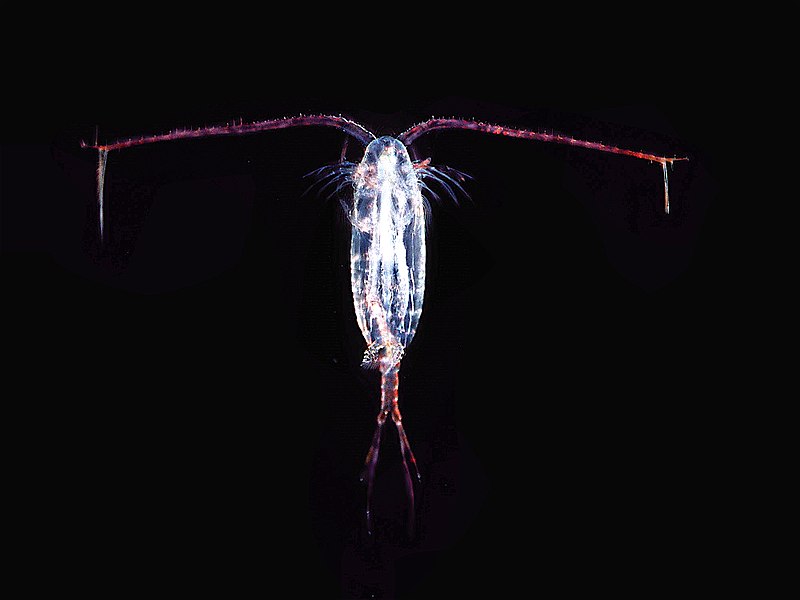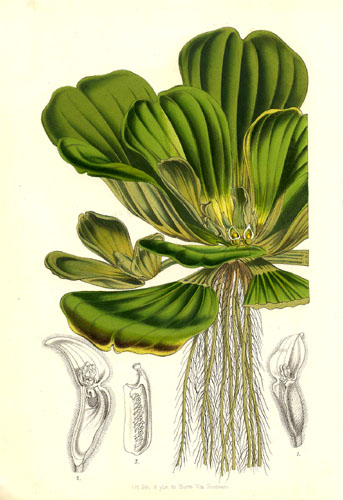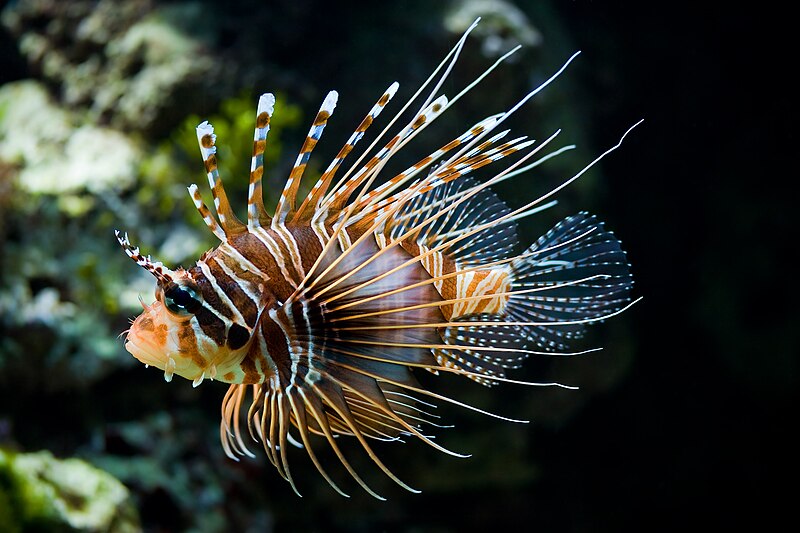Karen Silkwood was originally the perfect employee for a dishonest company. She was not an active member of the union and she simply showed up to do her job and left. One day she saw that a “hot” truck was being cut up and buried in the ground instead of being properly disposed of as nuclear waste. Then one of Karen’s coworkers got “cooked” and Karen began to worry about getting cancer. When she wanted to leave to see her children for the weekend there was somehow a contamination in their station. All her coworkers and her boss were suspicious it was her that caused the contamination. Shortly after that she was “cooked” herself. It was not her, but she got moved to the creepy film station where she saw the sexually forward boss man filling in gaps in the film with a sharpie. She read into her union packet and became active. She started to catalogue everything that was happening around her and she was contaminated a second time. She was told to bring more urine samples to ensure that she was not internally infected. Then one day, someone who did not want Karen to cause the plant to shut down slipped something into her urine testing kit. She was internally infected. She went to the doctor and he told her she was going to be fine, but there were some traces of internal contamination. The company attempted to buy her off, but she refused them and continued to search for illegal actions that were taking place within the plant. On her way home from a meeting in town she was run off the road and was killed. This is a very rough synopsize of the Karen Silkwood movie, but it shows the potential for negative consequences that result from improper business practice in an environmentally delicate situation. After watching this movie, I see the danger that comes when corners are cut to preserve money. The company appeared to be up to something and perhaps some more rigorous inspections and accident investigations would be prudent when dealing with massively harmful substances.
Tuesday, November 23, 2010
Hitchiti Experiment Forest Lab
This is the wild ginger plant.
Wild Ginger is an Asarum. The plant creeps across the ground like most ground coverers and tastes and smells similar to ginger.
This is a picture of decomposing leaf litter from the forest.
When leaves fall in a forest they pile up on one another making a thick layer of dead decomposing leaves. As the leaves trap water and organisms begin to make their homes in the decaying matter, the leaf litter turns into fertile soil that the next year’s seedlings will begin their lives in. The leaf litter soil is very fertile and makes a great place for a sapling to plant itself in.
This is a southern Pine Beetle
This is the damage done to a piece of bark by a Southern Pine Beetle :( They have the capacity to take out a forest of Pine Trees in a catastrophic event for the Pine Tree. The beetles bore into the wood and leave these small holes; the damage done will kill the tree. The Pines in close proximity to an infected Pine will most likely suffer the same fate as their neighbor.
Picture of Me Hugging a tree :)
This is me hugging a lovely tree. Today Anna and I need to cheer up so we hugged the pretty yellow in the middle of campus today J
Friday, November 12, 2010
Aquatic Critters
Phytoplankton

These are a type of phytoplankton that is a dinoflagellat. They are marine dwellers that have two tail like whips, which is where their names came from. Their scientific name was derived from the “Latin terms: dinos for rotation and flagellum for little whip. “
Info and photo from
Zooplankton
This is a zooplankton. It is also a marine animal that can live in both fresh and salt water. They are surrounded by an exoskeleton that is nearly transparent.
Aquatic Macrophyte
Pistia stratiotes
This is an aquatic macrophyte. It is a floating plant commonly known as water lettuce. They float on the top of the water and are not attached to the ground.
Fish
Pterois antennata
This is a fish commonly known as the clown fish. It has venom in its spin fins that is uses for protection. It is an amazing example of a unique saltwater fish.
Crustacean
European Lobster
This is a crustacean that is a Nephropidae, commonly known as a lobster. This is eaten daily and is delicious with butter. The live mostly on the ocean floor, but can swim as well as crawl.
Mammal
Adult blue whale
This is a marine mammal. Its scientific name is Balaenoptera musculus. It is the largest mammal ever known to exist.
Friday, October 29, 2010
Coral Reef
My favorite biome is the Coral Reef. It is defined by its collection of calcium carbonates that make up coral. Several animals are dependent on this coral and make their homes and their diets from their byproducts. This is a very fertile biome and is home to a large variety of species. Still this biome is very delicate and can be destroyed by several forms of water pollutants or natural disasters. This marine biome is defined by the presence of coral and all the associated species. It is a good indicator of the water quality in the ocean area and is very dependent on the location and depth of the ocean. Several unique species of marine life depend on this biome to survive.
Sunday, October 24, 2010
Favorite Organism and Ecological Niche
Favorite Organism and Ecological Niche
My favorite organism is the Panda Bear from central western and south western China. The panda bear needs several things to survive in that area such as a regular source of water, a large enough area to prevent confrontation between the bears but close enough to other pandas to mate, clean air, and a minimal amount of predators in their area for their young to grow up safely. All these things are relatively common features for every animal and are included in most ecological niches. The feature that makes the panda bear’s ecological niche specific to them is bamboo. Each panda bear eats about 25 lbs of bamboo every day. It is the primary feature in their diet and each one of them needs to be able to have access to the food they need to survive and procreate.
Friday, October 22, 2010
Mitochondrial Eve
When people migrated away from Africa to the different climates around the world several of them evolved to fit their new location. Essentially characteristics that helped a person survive in that climate were more likely to show up in the offspring that were genetically successful and would multiply with the success of that trait. Features that did not aid in the survival of the organism would likely disappear like the pigment in the skin and hair of the northern people. Soon the physical appearance of the human race will go back to a more centralized look as a result of globalization. The physical appearances will again begin to resemble Mitochondrial Eve.
This is an image of what Mitochondrial Eve could look like. She has dark hair, eyes , and a medium pigment in her skin

This is an image of a northern person who lived in the arctic region where there was little sun and no need for pigment in the skin, eyes, or hair

This is an image of an individual descended from northern dwellers where there was little sun and no need for pigment in the skin, eyes, or hair

This is a picture of a historic northern African who has a thin bones structure and is relatively tall

This is a picture of a historic southern African who is more compact and muscular with dense bones.



This is a picture of someone with Asian descent who has similar pigmentation to those of Native American origin like this person and Hispanic people like this woman. Both these people are in climates similar to that of Mitochondrial Eve and as such look similar to how she may have looked in accordance to hair, skin, and eye color, yet they look completely different in their more refined features. This proves that even evolution can make some people have similar obvious features but still allow them to look remarkably different.
Wednesday, September 8, 2010
Wood Hole Marine Biological Lab
Woods Hole Marine Biological Laboratory is a place for international research in biology. It is an establishment for learning about and researching all different subfields of biology. They offer intense courses that prepare experimental biologists for their future careers . Their staff leads and participates in things like the Gulf Coast Task Force, the monitoring of water quality, and experimental and observational research on marine animals that could later help humans, as the image below expresses
"The South African clawed frog (Xenopus laevis) can regenerate the lens of its eye, a process that could one day be replicated in humans." Credit: Barbara Harmon.
This information was gathered from http://www.mbl.edu/index.html
"The South African clawed frog (Xenopus laevis) can regenerate the lens of its eye, a process that could one day be replicated in humans." Credit: Barbara Harmon.
This information was gathered from http://www.mbl.edu/index.html
Wednesday, September 1, 2010
The butterfly effect
In essence, the butterfly effect is a theory that states small changes to any form of interdependent system can cause massive results. A hypothetical example of the butterfly effect pertaining to environmental biology is the weather patterns. There are too many unknown variables in an environmental system like Earth to make prediction of weather possible. A butterfly could flap his/her wings and cause a tornado days later on the other side of the world as stated by chaos theory and the butterfly effect.
My understanding of the butterfly effect came from http://www.wisegeek.com/what-is-the-butterfly-effect.htm
My understanding of the butterfly effect came from http://www.wisegeek.com/what-is-the-butterfly-effect.htm
Subscribe to:
Posts (Atom)











